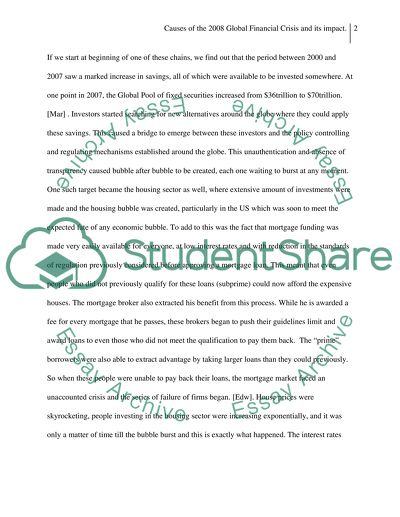Cite this document
(Causes of the Global Financial Crisis and its Impacts Assignment, n.d.)
Causes of the Global Financial Crisis and its Impacts Assignment. Retrieved from https://studentshare.org/macro-microeconomics/1456008-economic-environment-of-business
Causes of the Global Financial Crisis and its Impacts Assignment. Retrieved from https://studentshare.org/macro-microeconomics/1456008-economic-environment-of-business
(Causes of the Global Financial Crisis and Its Impacts Assignment)
Causes of the Global Financial Crisis and Its Impacts Assignment. https://studentshare.org/macro-microeconomics/1456008-economic-environment-of-business.
Causes of the Global Financial Crisis and Its Impacts Assignment. https://studentshare.org/macro-microeconomics/1456008-economic-environment-of-business.
“Causes of the Global Financial Crisis and Its Impacts Assignment”, n.d. https://studentshare.org/macro-microeconomics/1456008-economic-environment-of-business.


